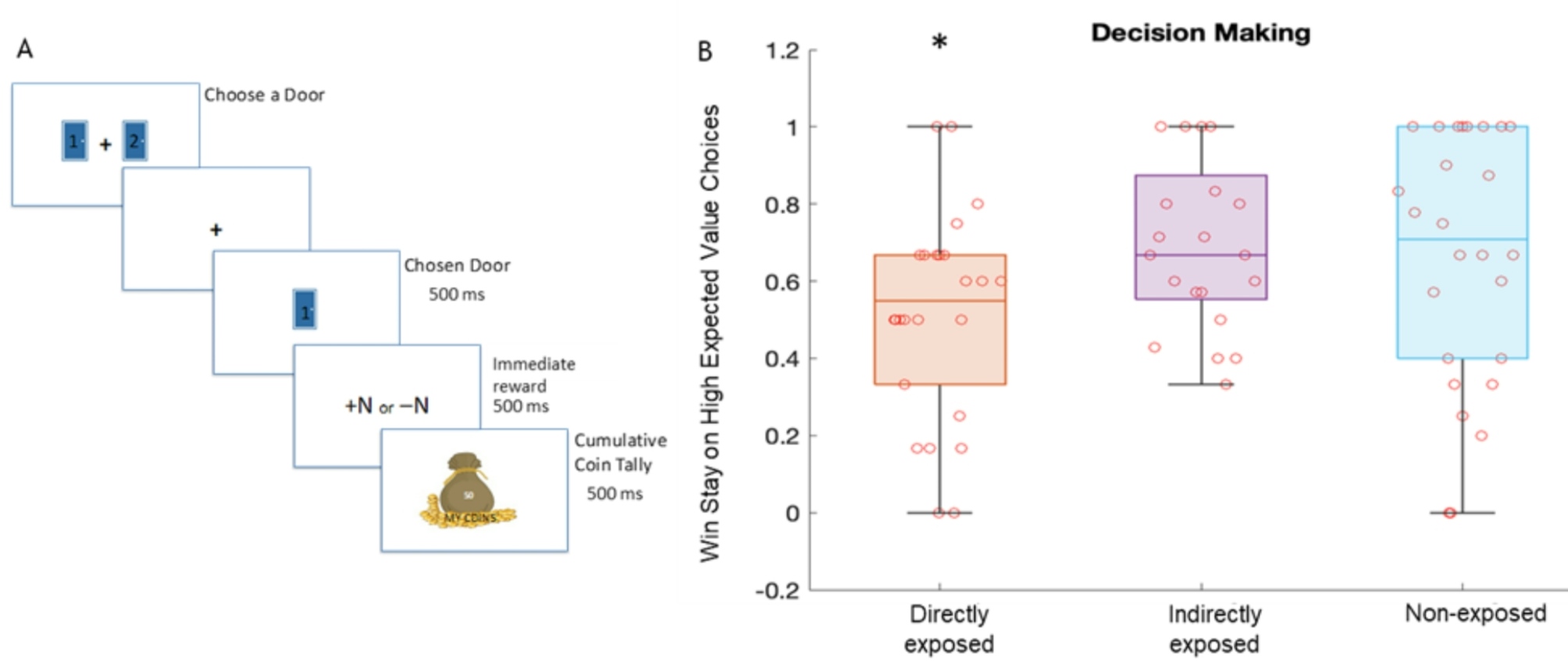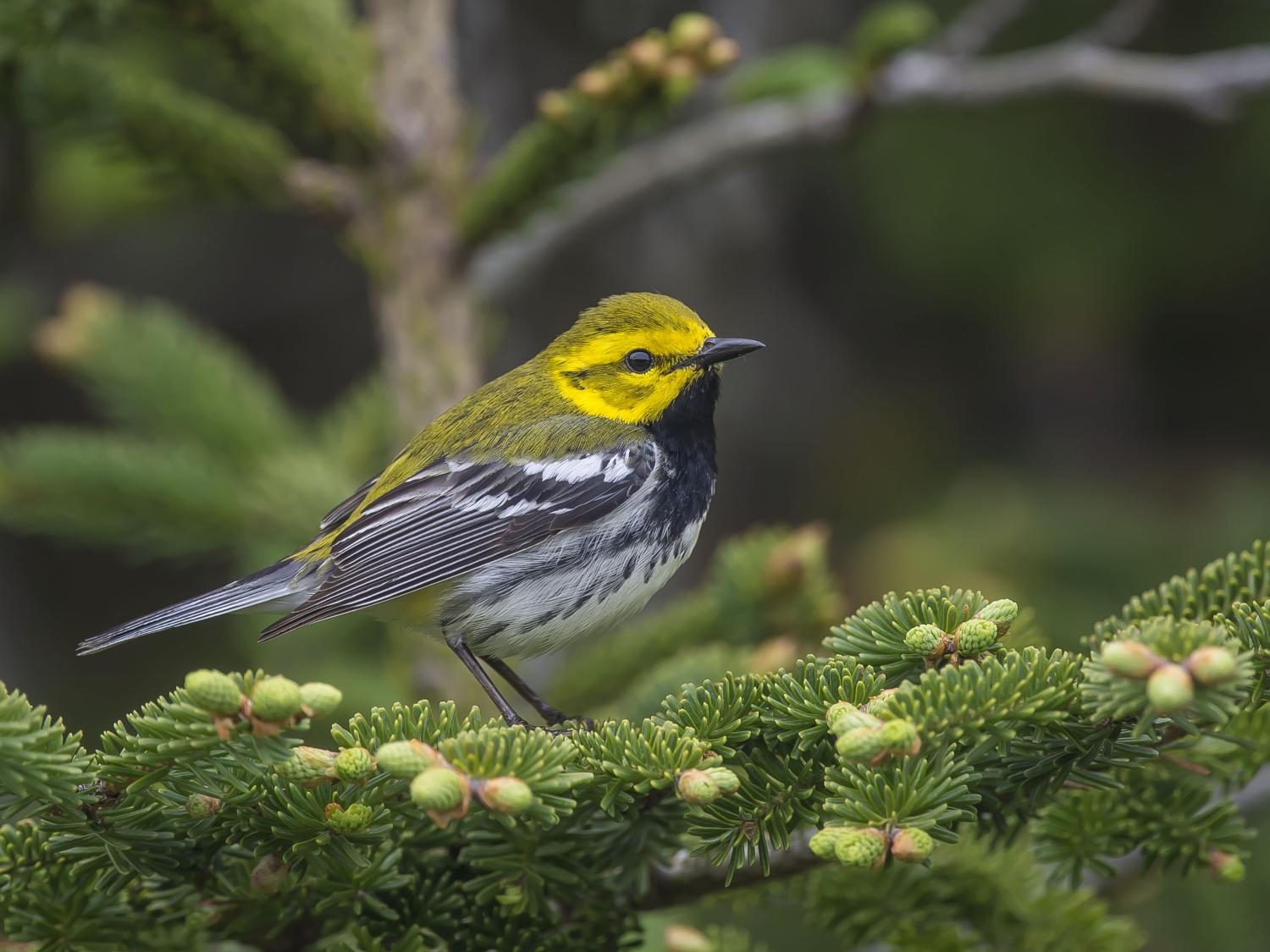2025-04-16 ミシガン大学
 A woodrat. Image courtesy: Denise Dearing, University of Utah
A woodrat. Image courtesy: Denise Dearing, University of Utah
ミシガン大学の研究により、ネズミの毒蛇に対する耐性は気温や食事によって変化することが判明しました。29.5℃の暖かい環境で飼育されたネズミは、ガラガラヘビの毒をより効果的に中和できましたが、21℃の低温環境ではその効果が低下しました。また、毒性のある植物(クレオソートブッシュ)を含む食事を摂取したネズミは、毒の抑制能力が下がる傾向がありました。環境条件が毒耐性タンパク質の生成に影響を与える可能性が示唆されています。
<関連情報>
- https://news.umich.edu/variations-in-temperature-and-diet-can-affect-this-rodents-ability-to-survive-venomous-snake-bites/
- https://royalsocietypublishing.org/doi/10.1098/rsbl.2025.0068
環境温度と毒餌が砂漠のげっ歯類のヘビ毒耐性を制約する Ambient temperature and toxic diets constrain snake venom resistance in a desert rodent
Matthew L. Holding,Alexandra Coconis,Patrice K. Connors,Marjorie D. Matocq and M. Denise Dearing
Biology Letters Published:16 April 2025
DOI:https://doi.org/10.1098/rsbl.2025.0068
Abstract
Variation in ambient temperature and food availability is commonplace in nature and likely exerts several types of eco-evolutionary pressures that mediate species’ interactions. In predator–prey interactions between snakes and rodents, the molecular interface is formed by snake venom and mammalian venom resistance proteins. However, the abiotic factors modulating resistance are poorly understood. Here, we measured serum-based venom resistance of desert woodrats (Neotoma lepida) maintained at either cool or warm ambient temperatures and fed creosote bush resin (native diet) or a control diet. Woodrat serum was collected and tested for its ability to inhibit the activity of rattlesnake venom metalloproteinases. Woodrats raised at cooler temperatures, as well as those consuming diets with creosote resin, were significantly less able to inhibit snake venom, suggesting that they would be more susceptible to snakebite. These results suggest that temperature and dietary variation across the distribution over which these rattlesnakes and woodrats interact could structure the outcomes of these predator–prey interactions. Additionally, these results may help explain why ambient temperatures, rather than dietary differences, predict the presence of neurotoxic versus proteolytic venom phenotypes in some rattlesnake species.


